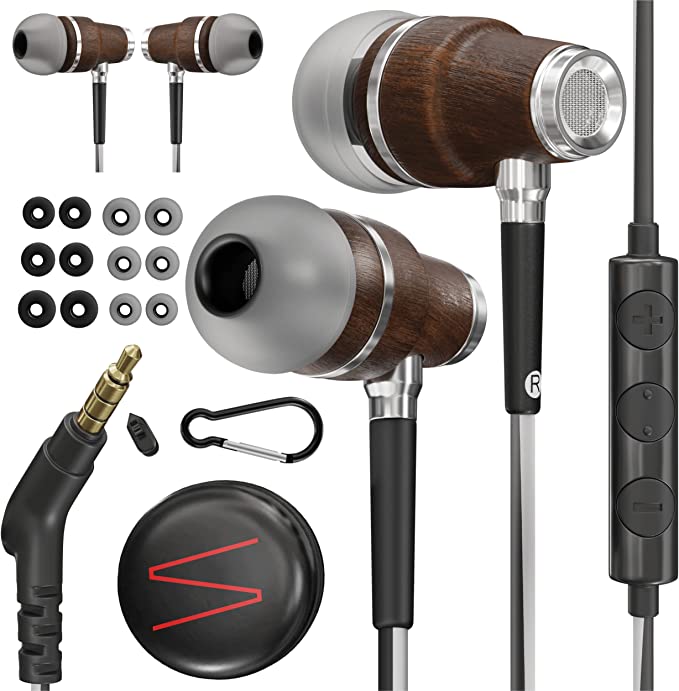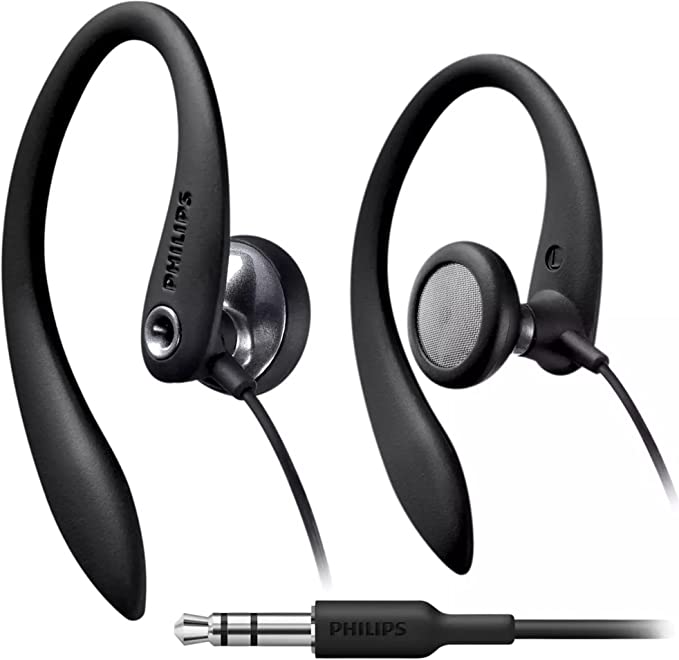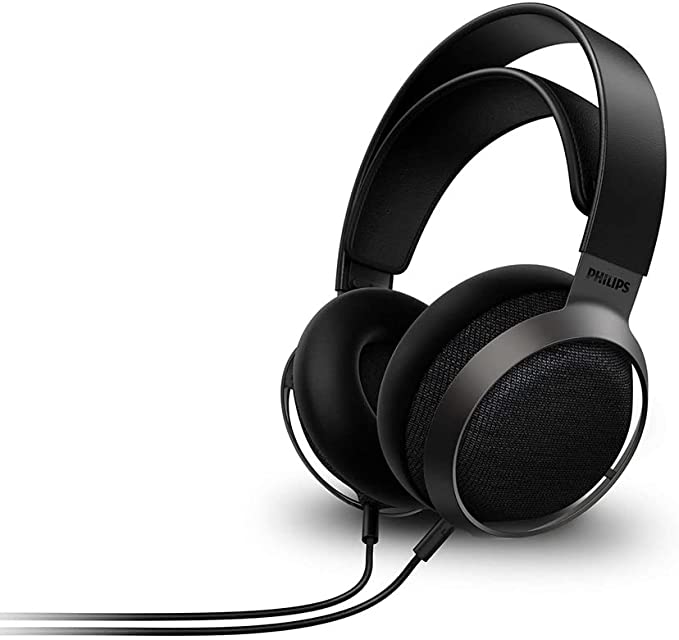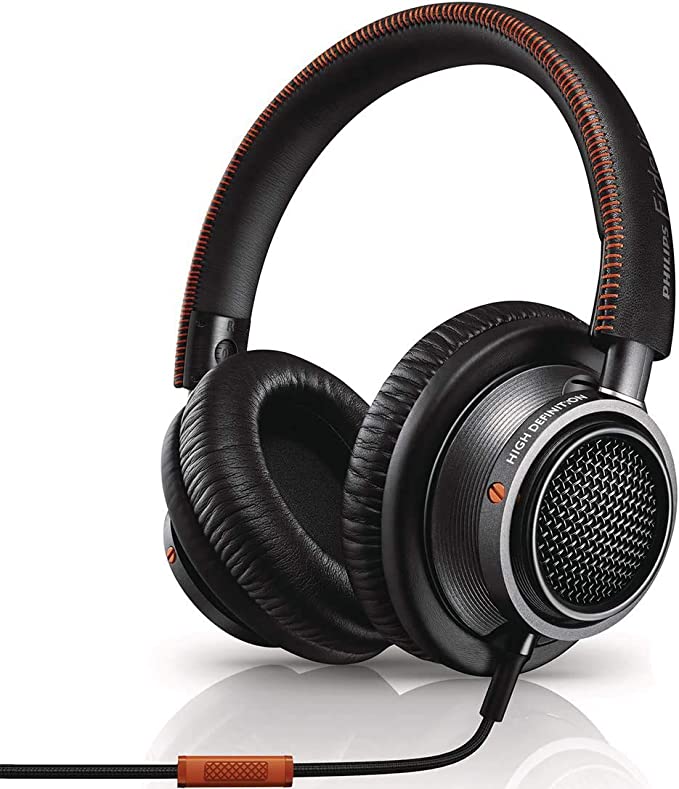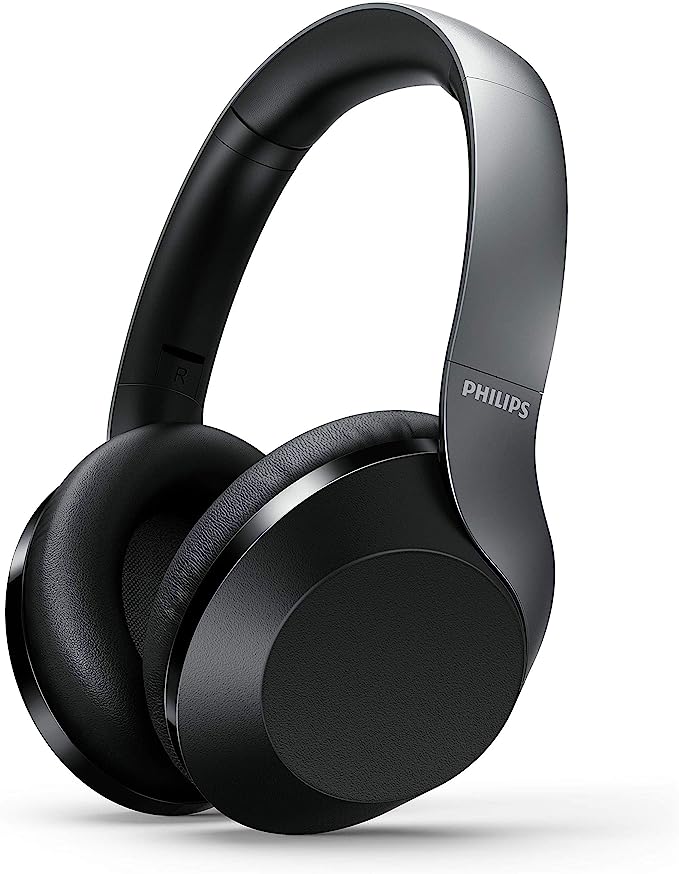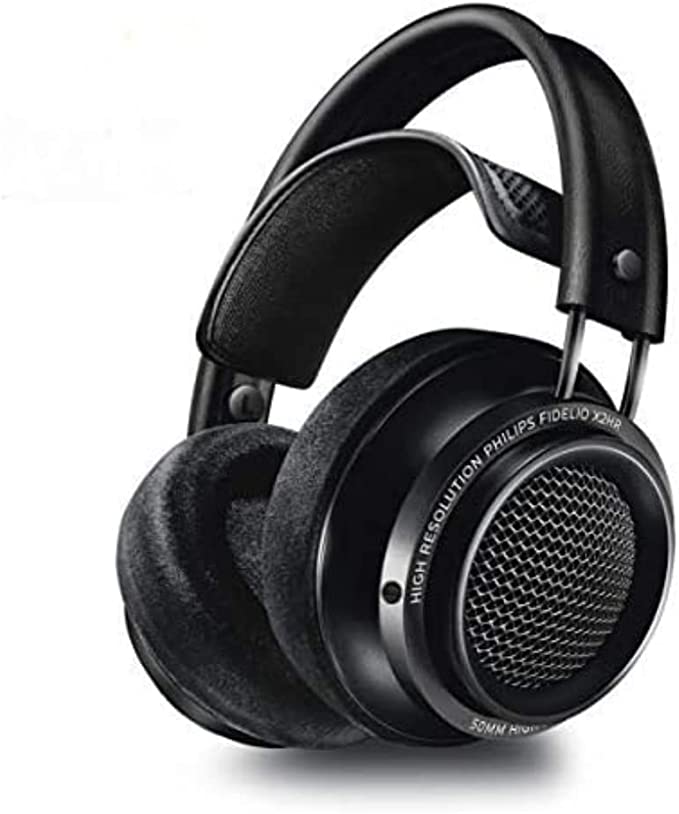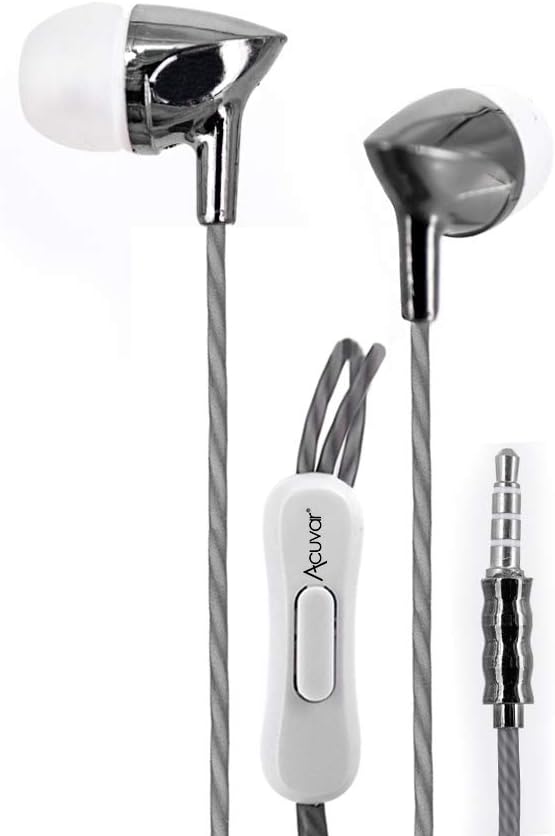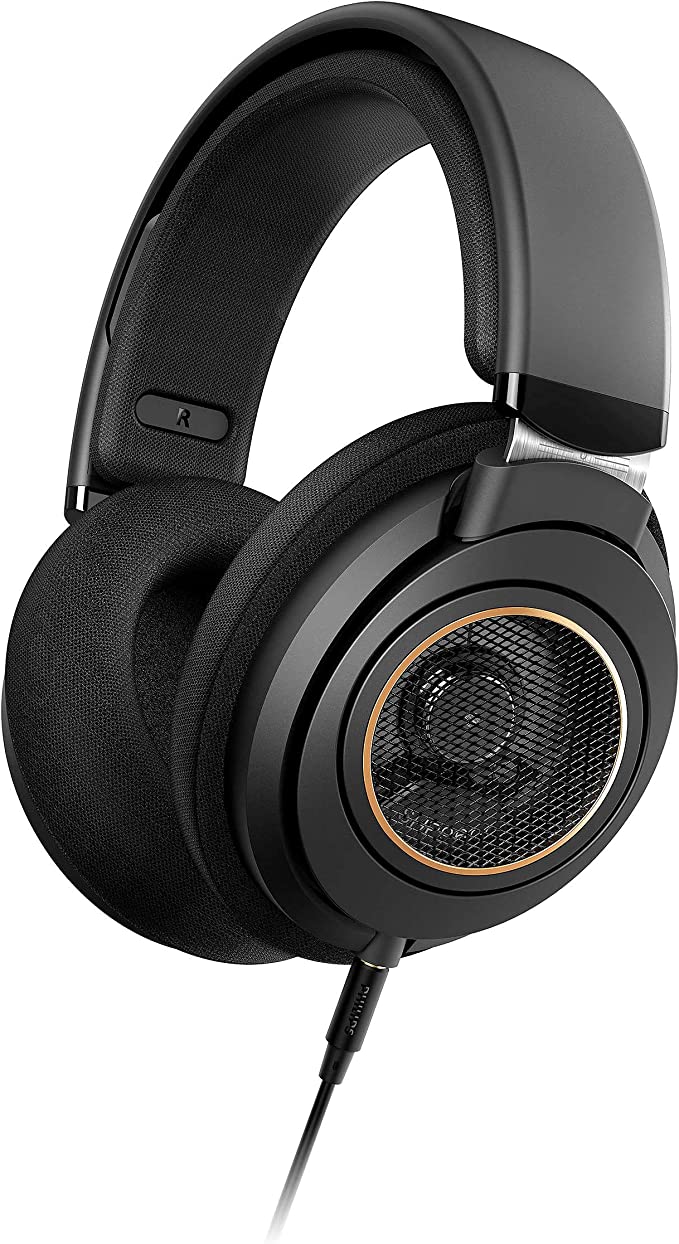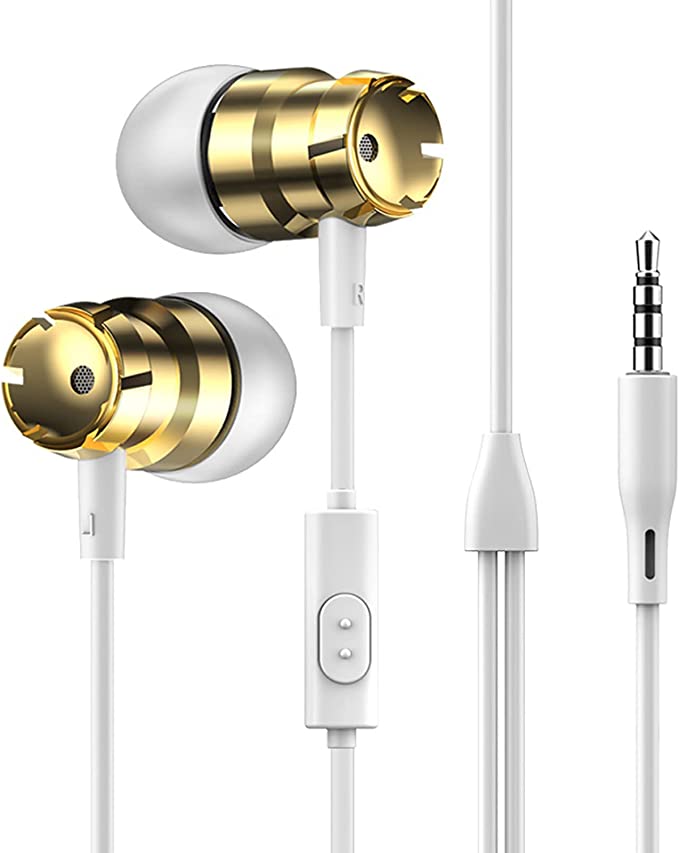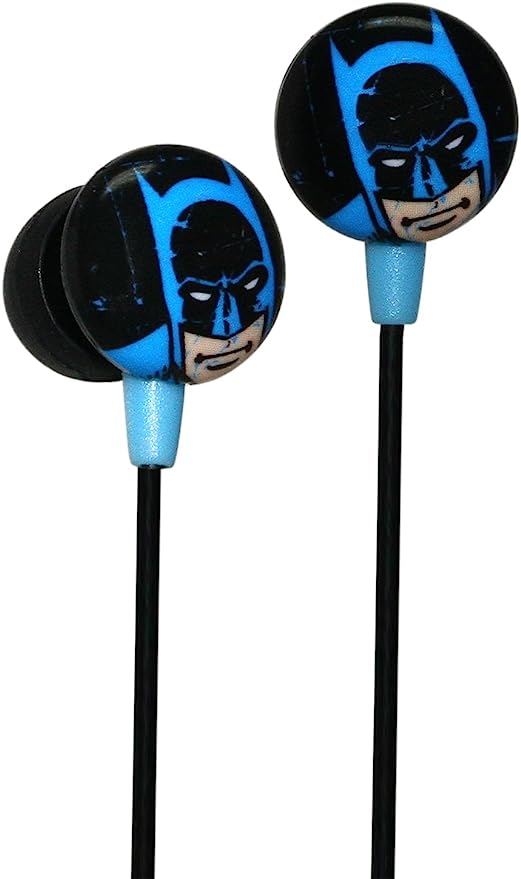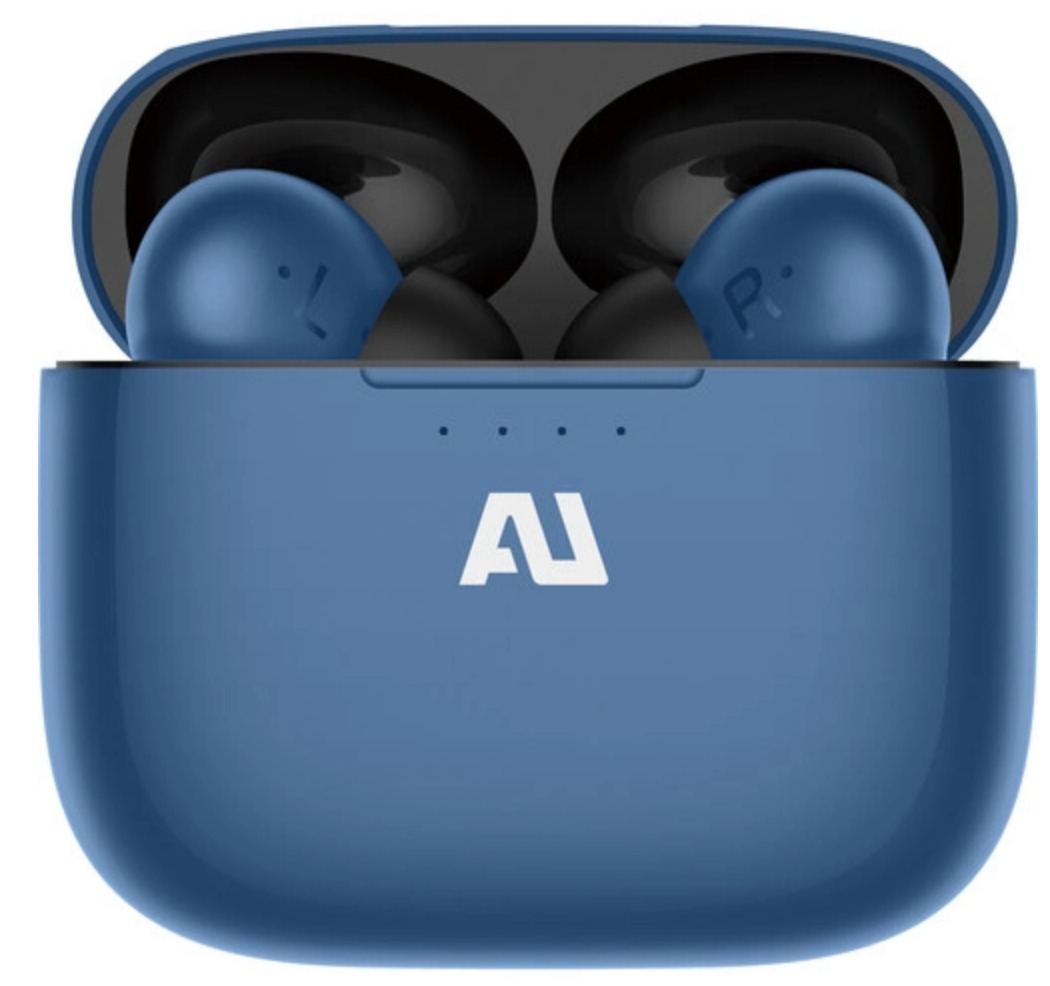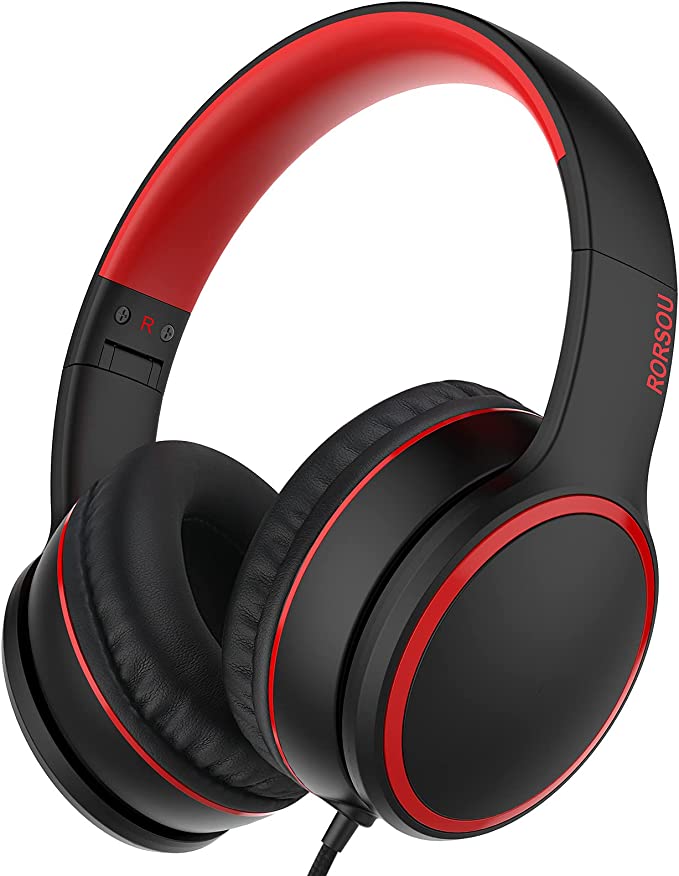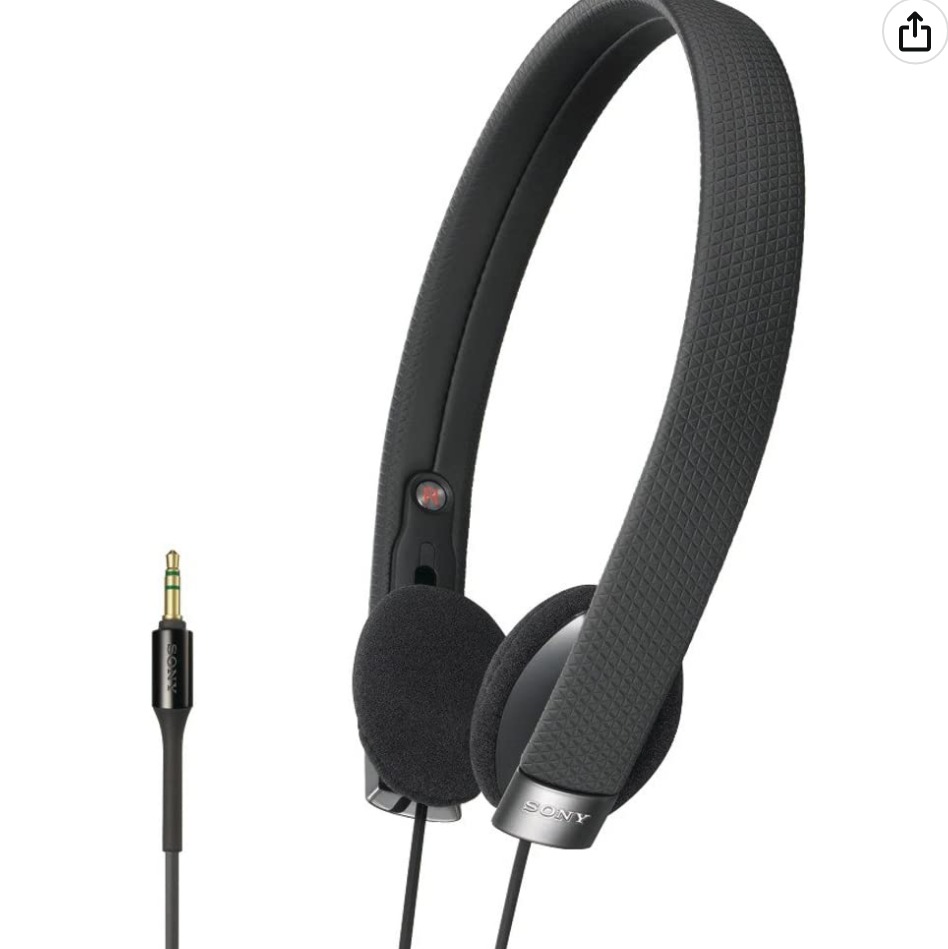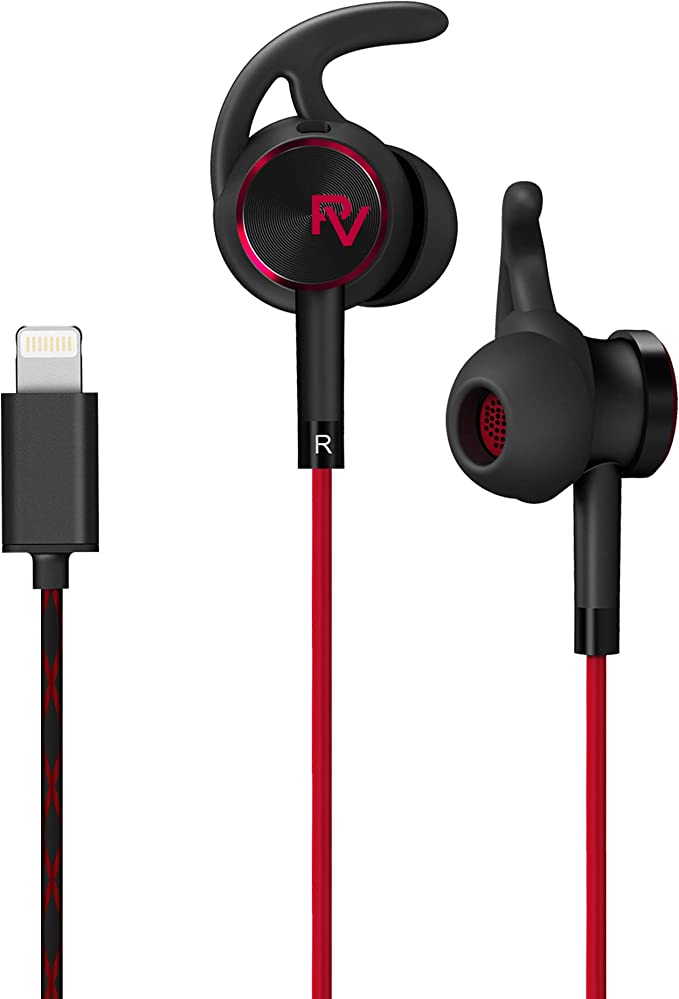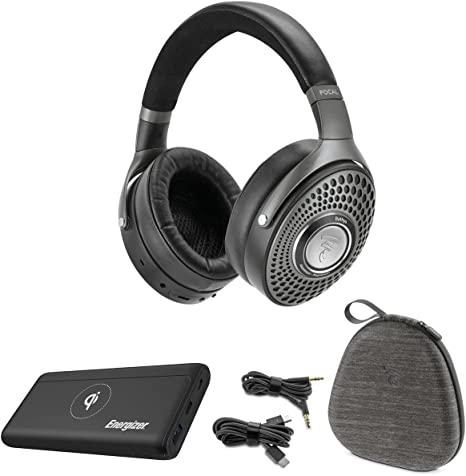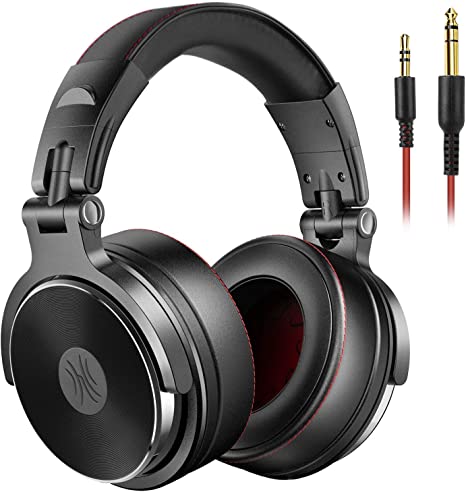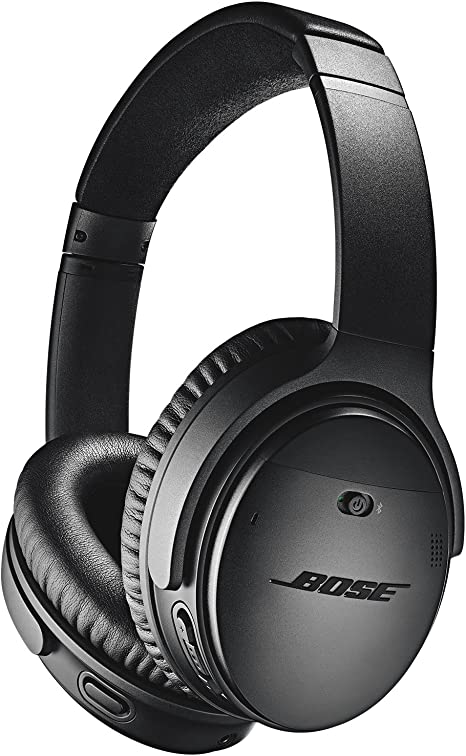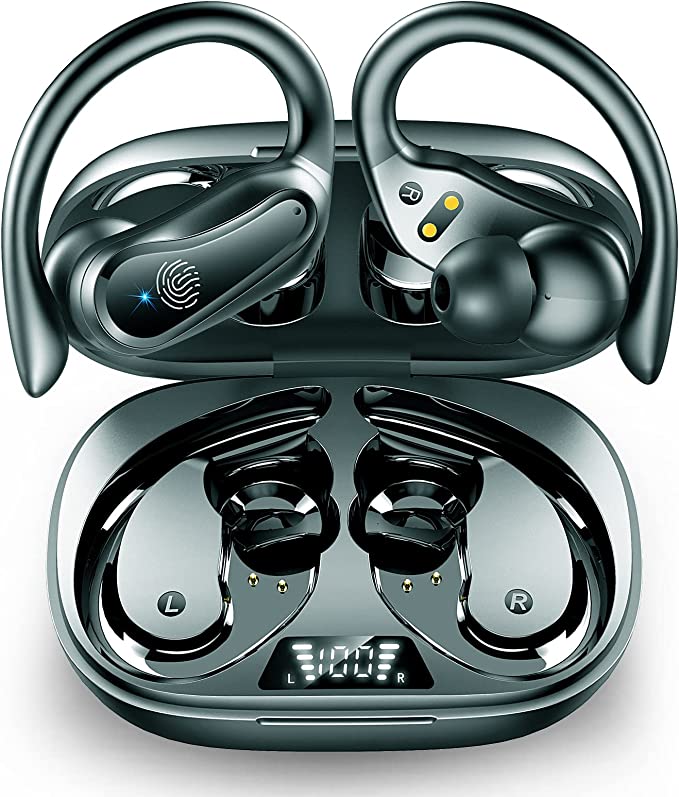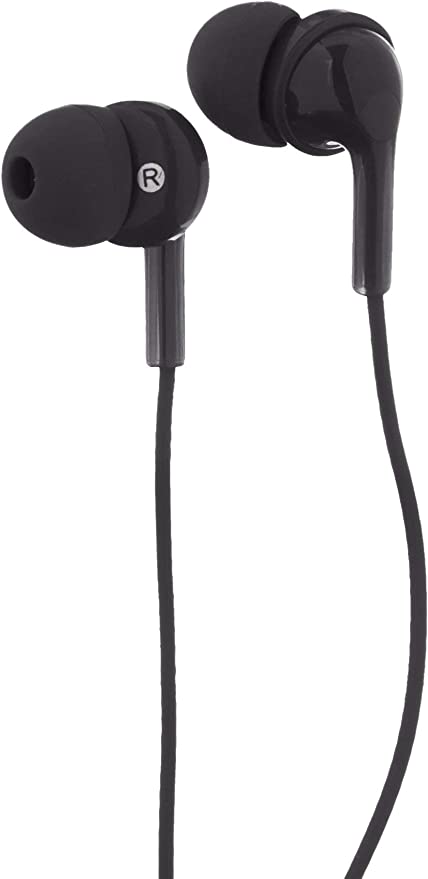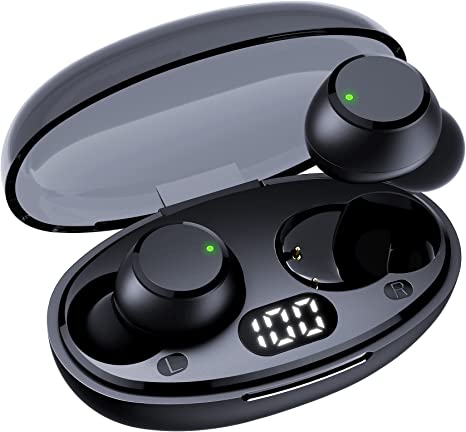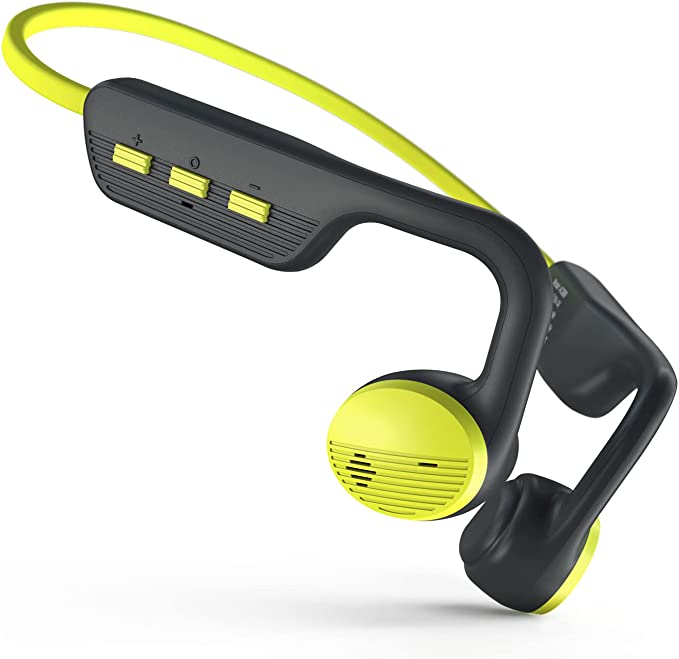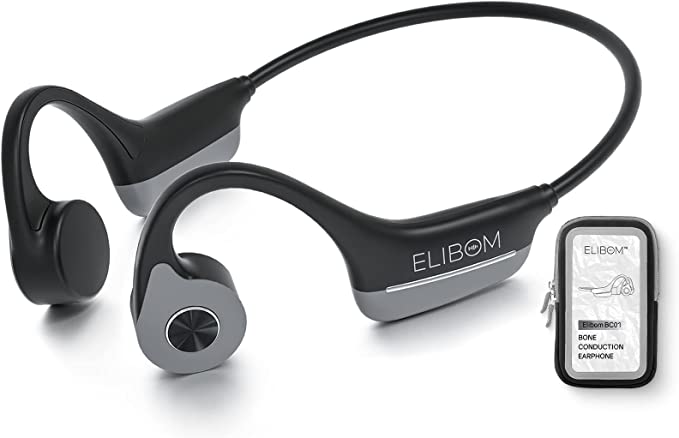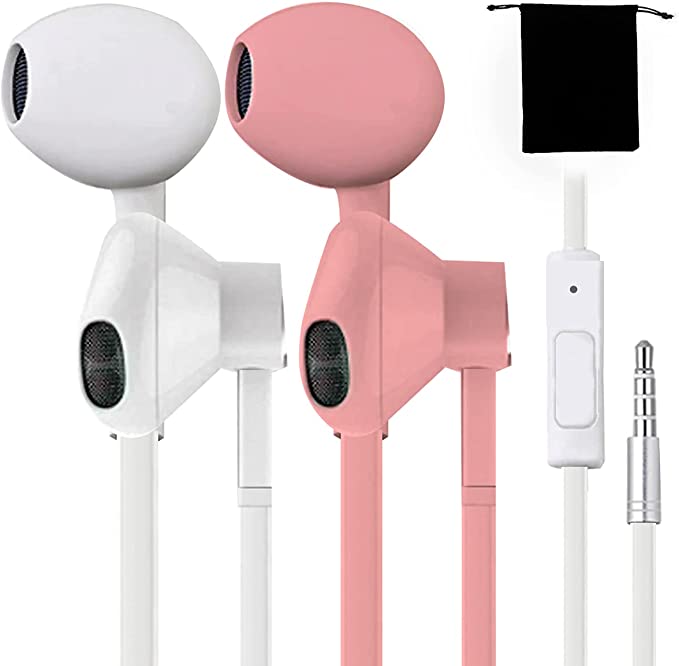Philips SHE8500 In-Ear Headphones: Immersive Sound, Enhanced Comfort
Update on Sept. 23, 2025, 2:33 p.m.
Your earbuds are a marvel of physics and design. Let’s deconstruct a classic to understand the hidden principles that shape your daily listening experience.
There’s a good chance you’ve encountered it at some point. You unbox a new pair of inexpensive headphones, and something seems… wrong. The cable leading to the right earbud is bizarrely longer than the one for the left. Your first thought is a classic sign of shoddy manufacturing, a defect that somehow slipped past quality control. For years, countless users of models like the once-ubiquitous Philips SHE8500 stared at this lopsided design and wondered if they’d been duped.
But what if I told you this asymmetrical mess wasn’t a mistake at all? What if it was a deliberate, ingenious solution to a physics problem that plagues every wired headphone user, a problem you’ve definitely experienced but might not know has a name?
This strange, lopsided cable is our entry point into the hidden world of science and thoughtful engineering packed into the most mundane of our gadgets. By unraveling this one little mystery, we can begin to see our earbuds not as disposable accessories, but as miniature marvels of acoustics, material science, and ergonomic design.

The Ghost in the Wire
Let’s solve the first puzzle. That longer right cable was designed for you to drape it behind your neck, allowing the main cord to hang down your left side. This design, known as a J-cord, was a clever answer to an intensely annoying phenomenon called microphonics.
Microphonics is the technical term for that irritating thump, thump, thump you hear when your earphone cable bumps or rubs against your clothes. It’s not an electrical issue; it’s a purely mechanical one. Every tap and scrape on the wire creates a physical vibration that travels directly up the solid material of the cable into the earbud’s housing. Your ear, being the incredibly sensitive instrument it is, interprets these vibrations as low-frequency noise.
In the era of the Walkman, when jogging with headphones became a cultural phenomenon, microphonics was a maddening distraction. The J-cord was the elegant, low-tech fix. By routing the cable behind the neck, it created a buffer, isolating the main length of the cord from the jostling movements of a runner’s torso. It was a design born from a deep understanding of how both sound and humans move. While modern solutions like flexible braided cables and the complete absence of wires in TWS earbuds have made the J-cord a relic, its existence is a testament to a core principle of great design: it solves a real human problem.

The Silent Foundation of Great Sound
Once we appreciate the thought that went into the cable, we can turn our attention to the earbuds themselves. The most critical, and most overlooked, aspect of any in-ear headphone is not the speaker inside it, but the seal it makes with your ear. The SHE8500, like most of its kind, came with several sizes of silicone tips, and finding the right fit is the foundation of good audio.
This is passive noise isolation in action. By creating an airtight seal in your ear canal, you are building a physical barrier—a tiny soundproof wall—against the outside world. This primarily blocks out mid- to high-frequency sounds, like office chatter or the hiss of an air conditioner.
The effect is twofold. First, you can listen to your audio at a much lower, safer volume because you aren’t fighting to be heard over the ambient noise. This is, without exaggeration, a hearing-saver. Second, and this is the secret to powerful bass, the seal traps acoustic energy. Low-frequency sound waves are long and powerful; without a seal, they simply leak out into the open air before your eardrum can fully register them. With a tight seal, that bass energy is channeled directly where it needs to go, resulting in a richer, fuller, and more impactful sound. Forgetting to find the right ear tip is like listening to a home theater system with the doors and windows wide open—you’re losing all the good stuff.

The Superpowered Heart of the Speaker
Now we can finally talk about what’s inside. At the heart of each earbud is a miniature speaker, or driver, that converts electrical signals into the sound you hear. And for decades, the unsung hero of these tiny engines has been neodymium.
The product description for the SHE8500 proudly boasts of its “neodymium magnets,” and it’s not just marketing jargon. In the early 1980s, engineers at General Motors and Sumitomo Special Metals independently discovered how to create incredibly powerful magnets from an alloy of neodymium, iron, and boron. These rare-earth magnets were a game-changer.
A speaker works by using an electromagnet (the voice coil) to vibrate a diaphragm within the field of a permanent magnet. The stronger that permanent magnet’s field, the more efficiently and precisely the diaphragm can be controlled. Neodymium magnets are exponentially more powerful for their size and weight than the old ferrite magnets they replaced.
This means a neodymium-powered driver can:
- Be More Sensitive: It produces more volume with less electrical power, which was crucial for extending the battery life of portable devices like the Walkman and iPod.
- Produce Better Bass: The immense magnetic force allows for tighter control over the diaphragm’s movement, reproducing low-frequency notes with speed and accuracy rather than muddy sloppiness.
- Be Incredibly Small: Their power-to-size ratio is what made modern, tiny earbuds possible in the first place.
That rich sound coming from your minuscule earbuds isn’t magic; it’s the result of a materials science revolution, a “super-magnet” working tirelessly to turn electricity into emotion.

The Final Puzzle: The Power Problem
There’s one last piece of the puzzle, one that a savvy Amazon reviewer of the SHE8500 stumbled upon. He noticed the headphones sounded weak when plugged into a small portable player but came alive when connected to his desktop PC. He was observing a fundamental law of audio electronics: the relationship between power, impedance, and sensitivity.
Think of your headphones as a car and your music player’s headphone jack as the engine. Impedance (measured in Ohms, $Ω$) is like the car’s weight—how hard it is to get moving. Sensitivity is like its fuel efficiency—how much speed (volume) you get for a gallon of gas (a watt of power).
The SHE8500 has a low impedance (16$Ω$), meaning it’s a “lightweight car” that’s easy to get moving. However, some very low-power “engines,” like those in older or cheaper MP3 players, might still not have enough oomph to make it perform at its best. A desktop computer’s audio output, on the other hand, is a V8 engine. It has ample power to drive the headphones to their full potential, revealing all their clarity and bass. This is why audiophiles invest in dedicated headphone amplifiers—to ensure their headphones are always getting the clean, abundant power they need to perform.

From a seemingly defective, lopsided cable to the very real science of acoustics, materials, and electronics, the humble earbud is anything but simple. Though models like the Philips SHE8500 have been superseded by a tidal wave of wireless technology, the scientific principles they embody are timeless. They remind us that even the most disposable pieces of our modern lives are often repositories of hidden genius, waiting for a curious mind to ask a simple question: “Why is it like that?”
